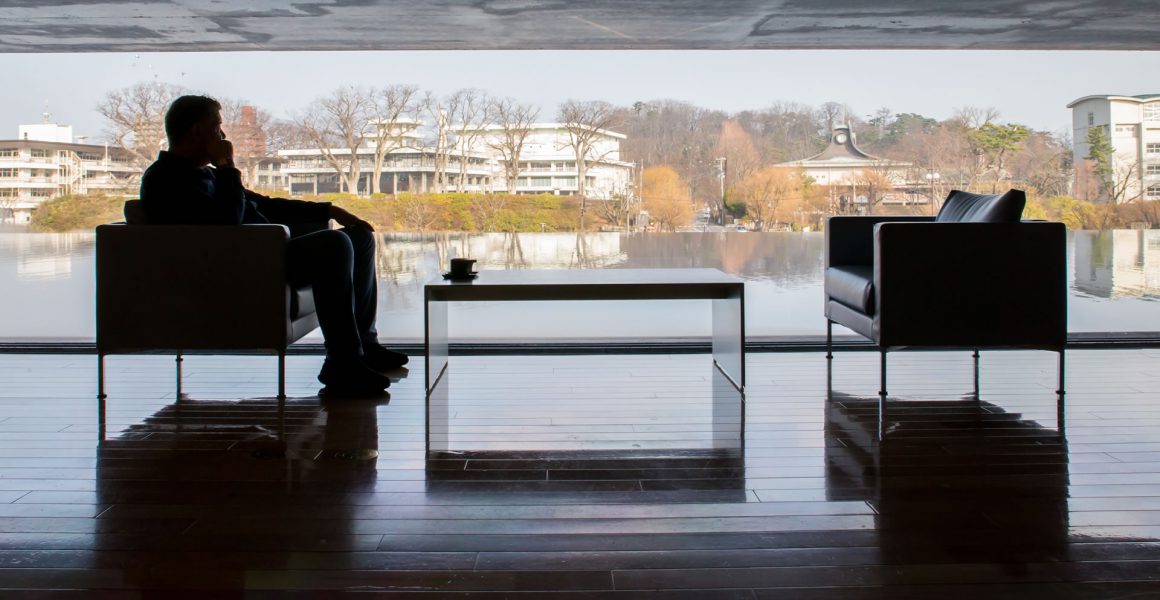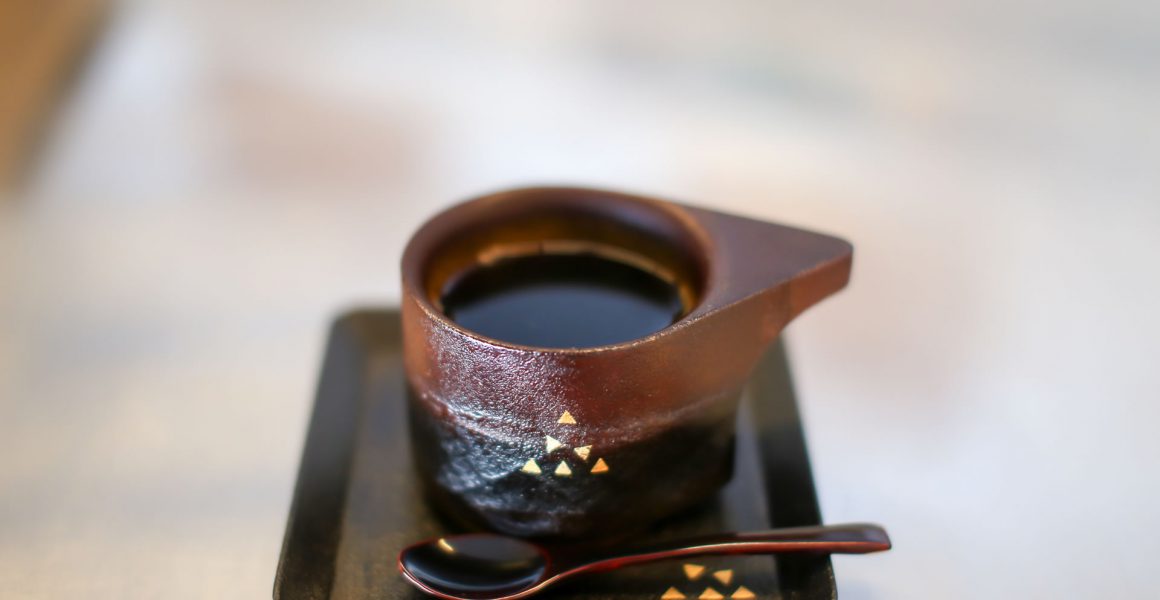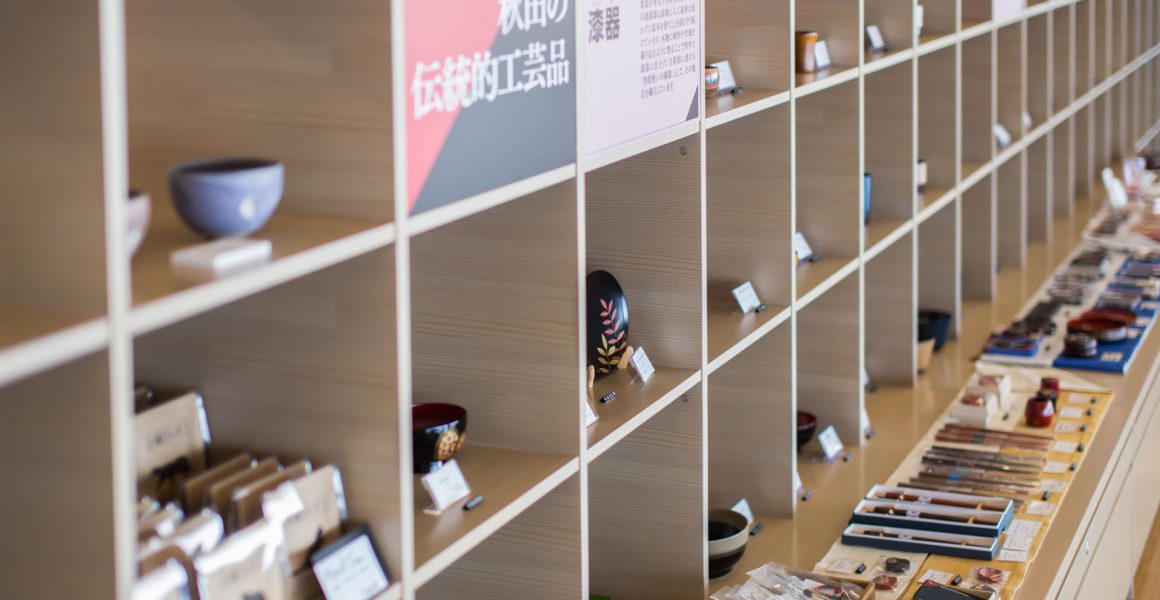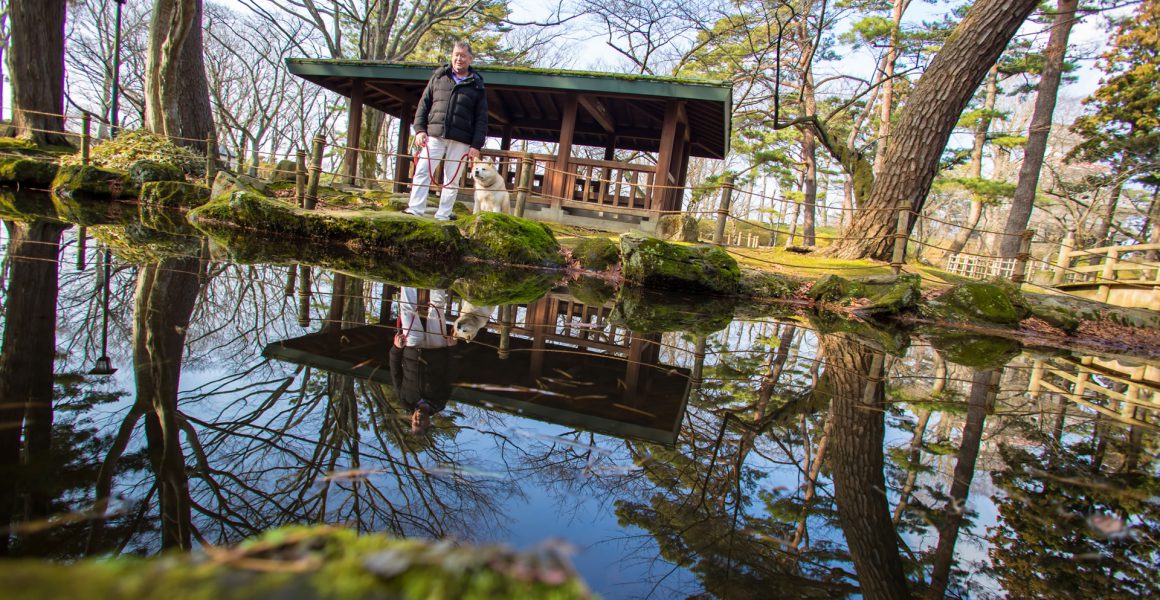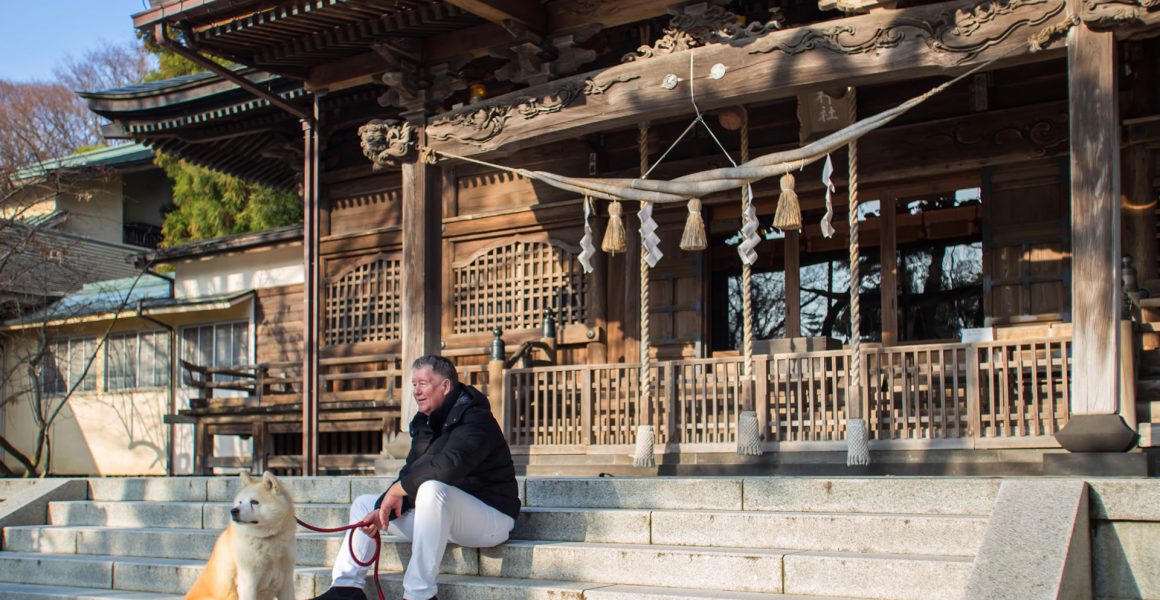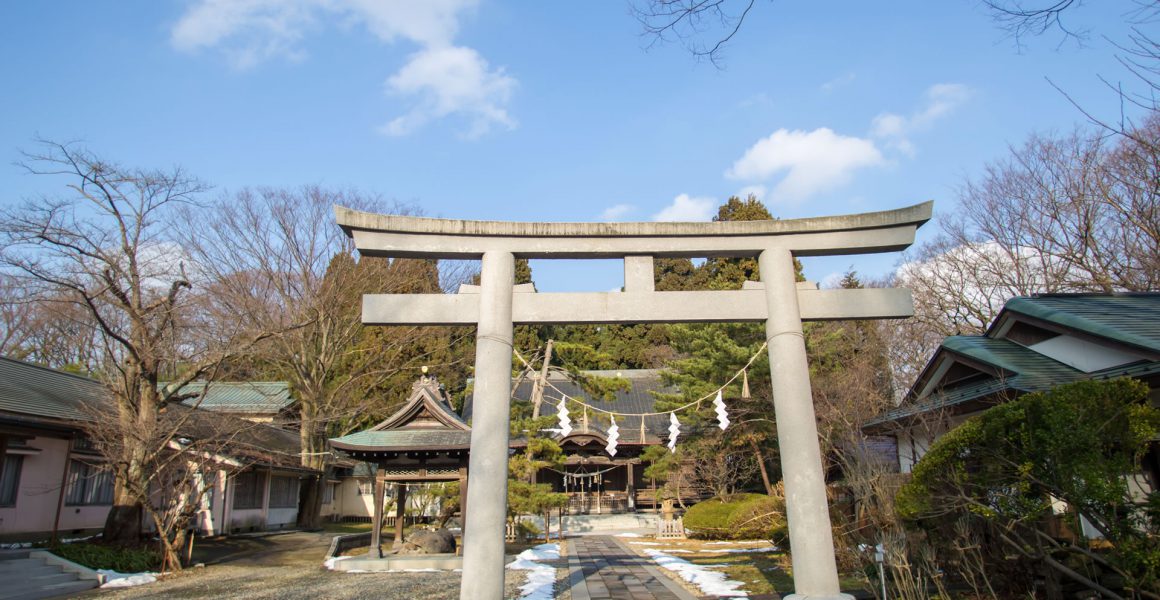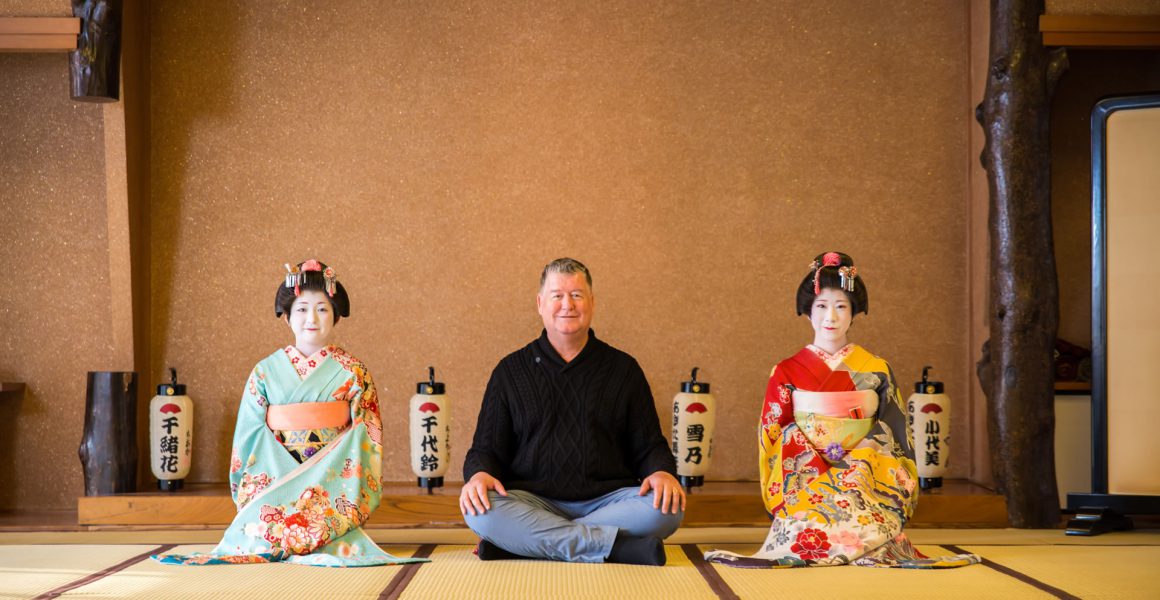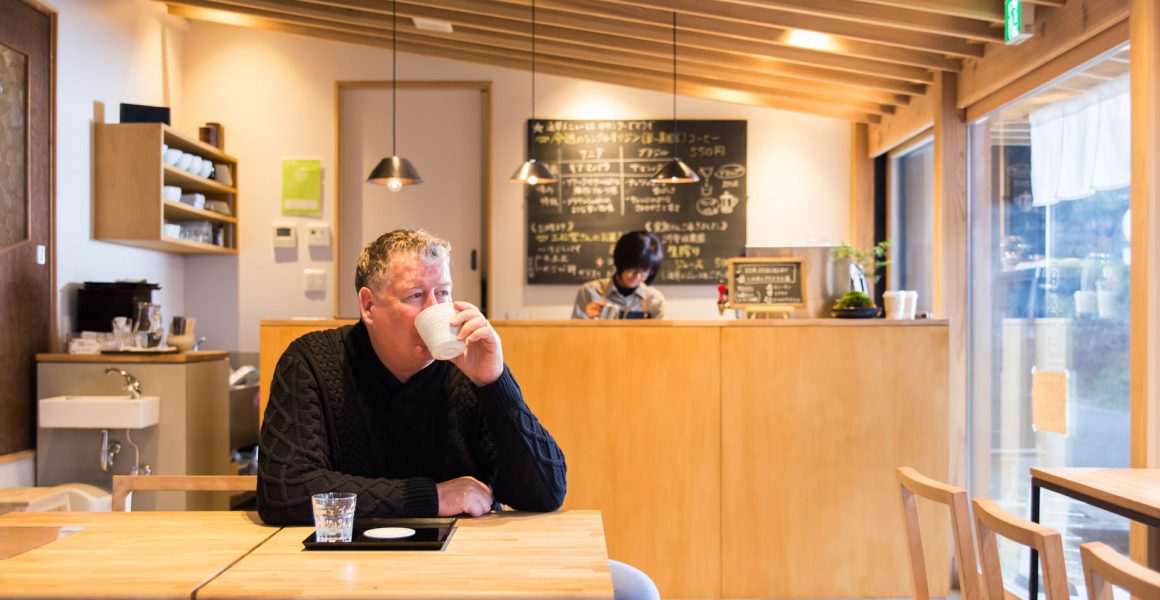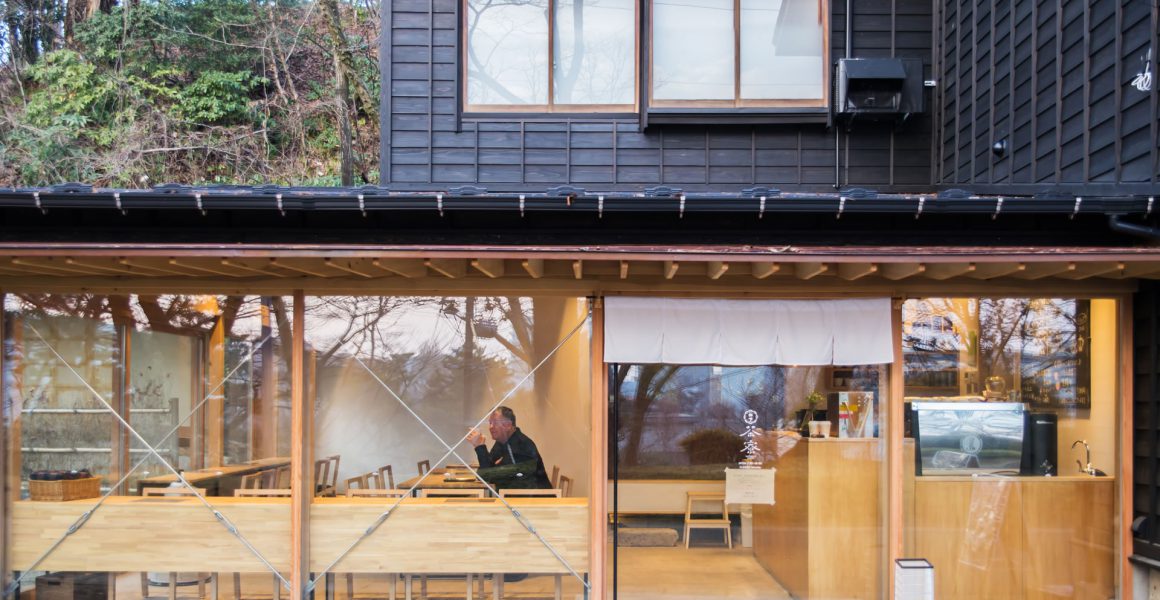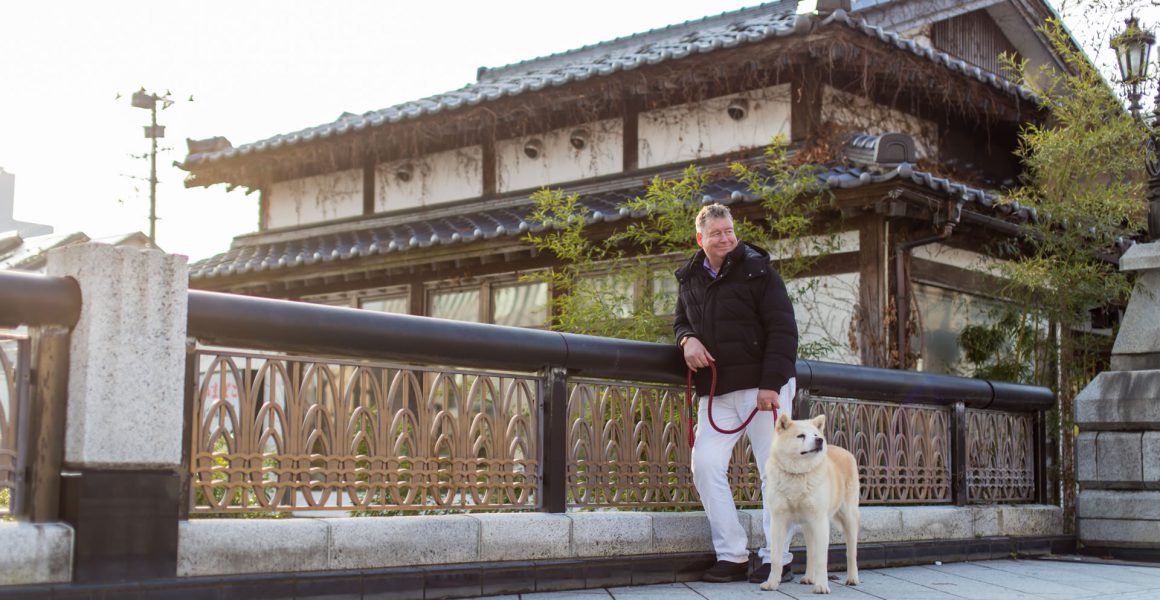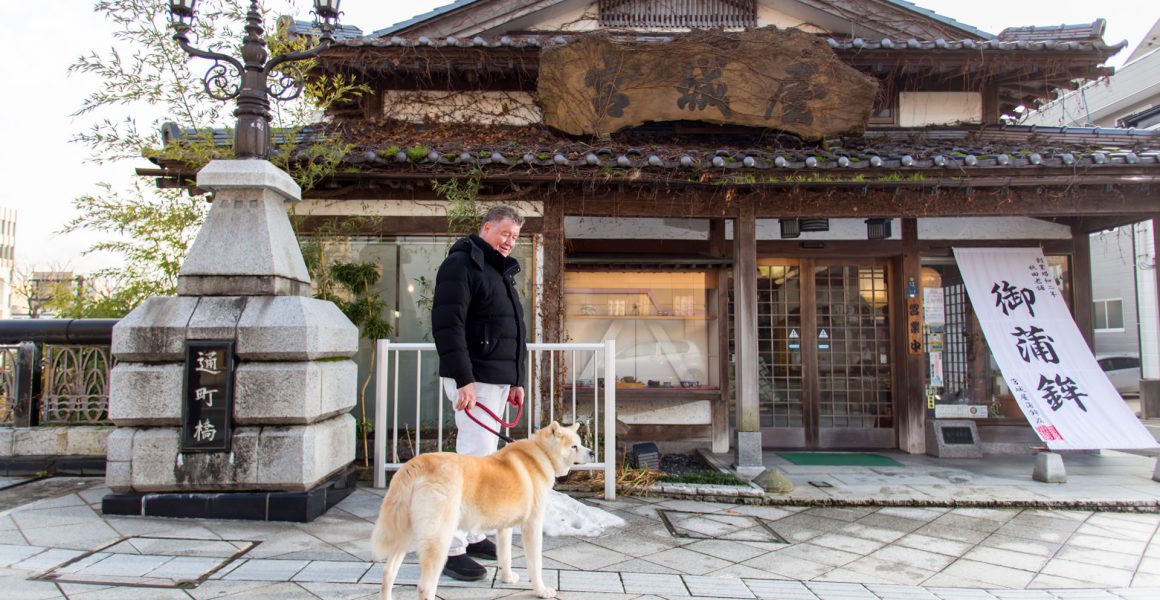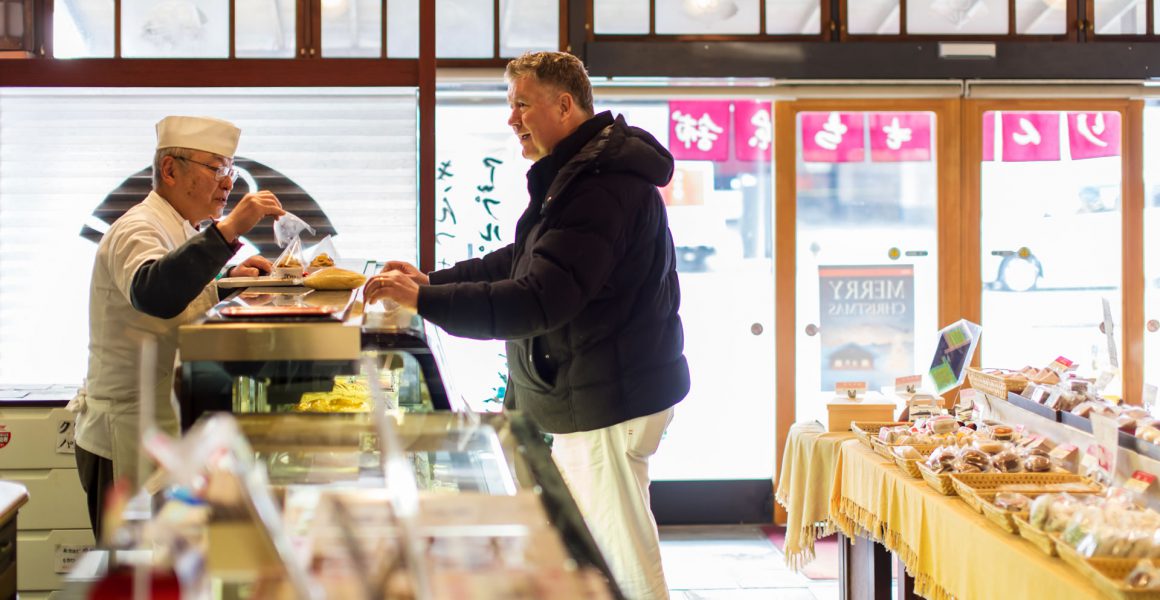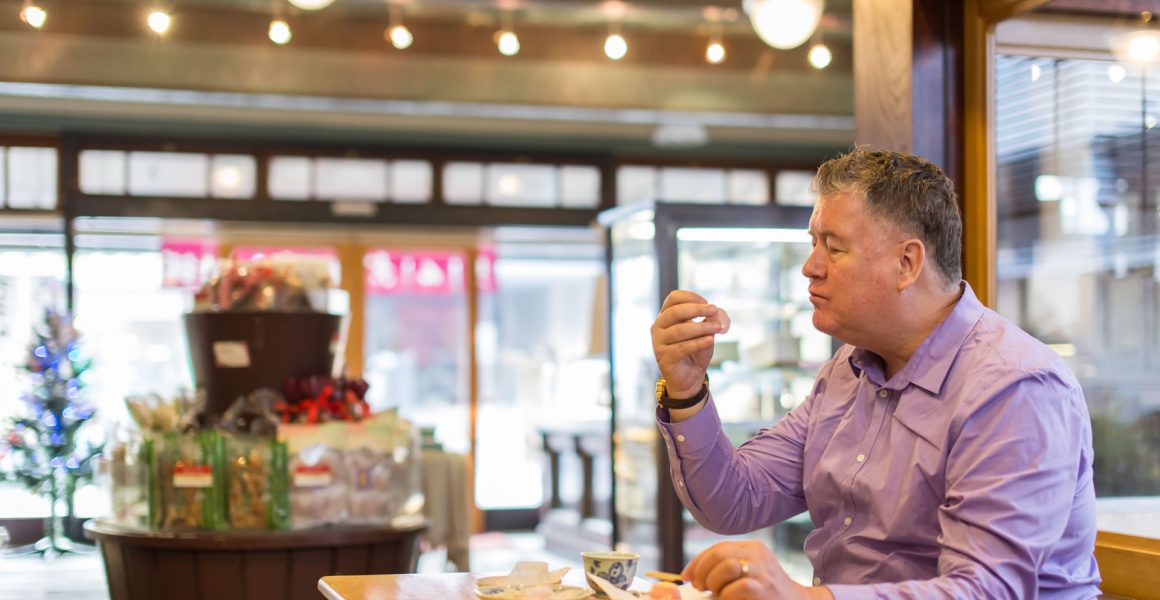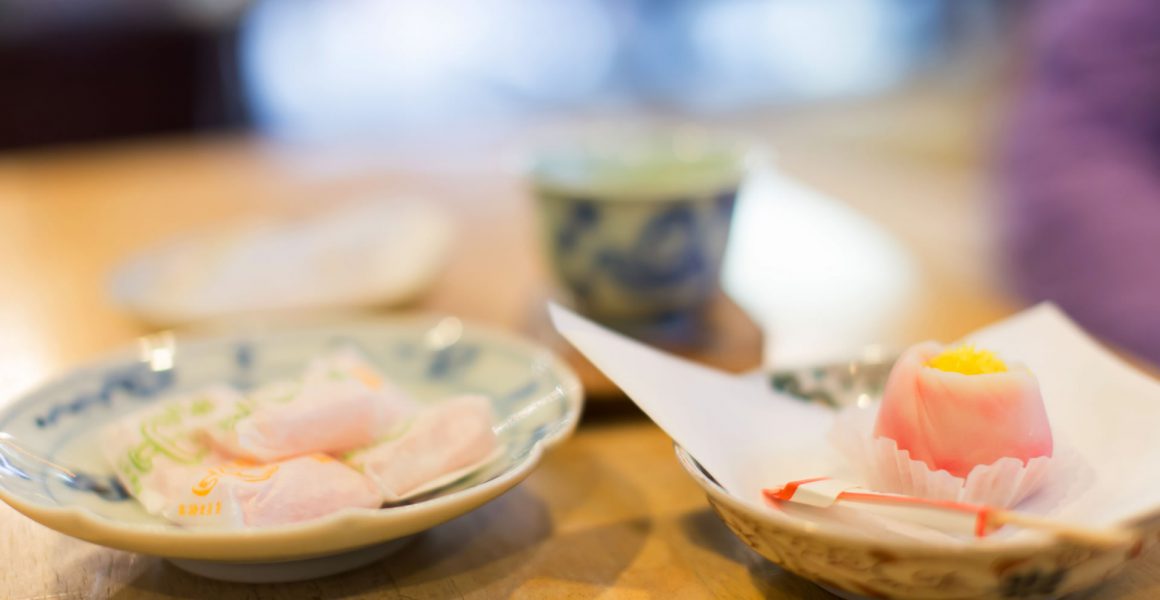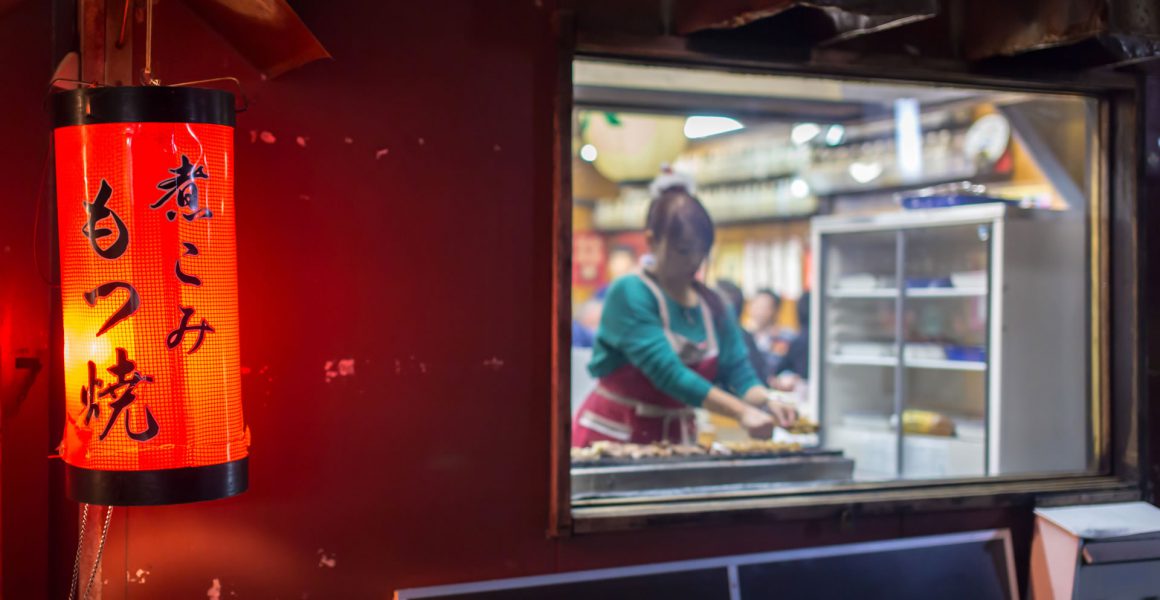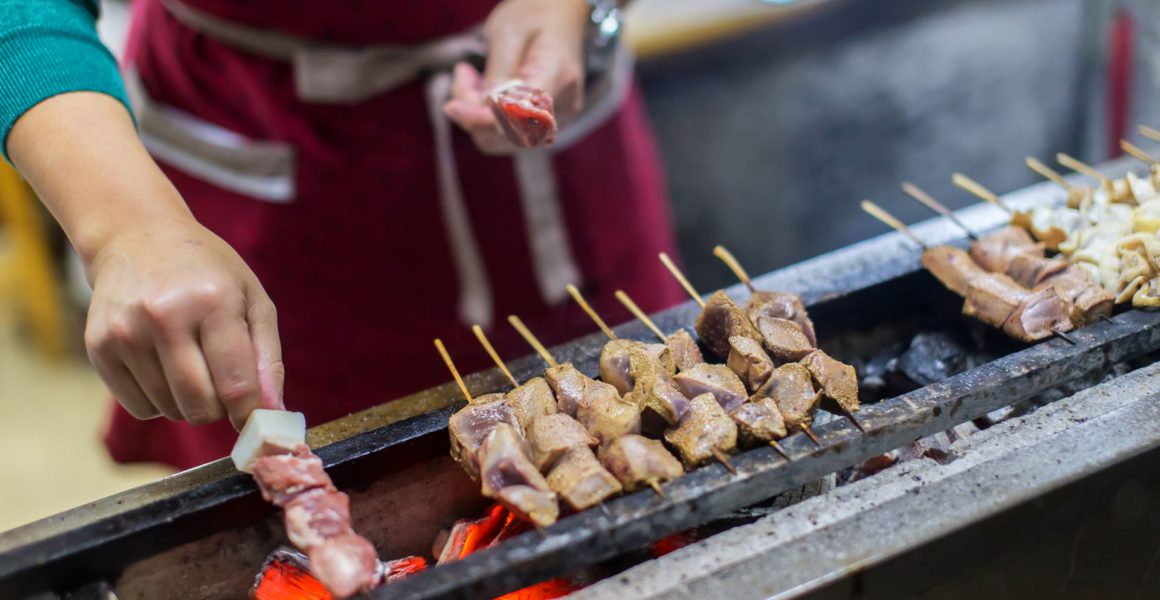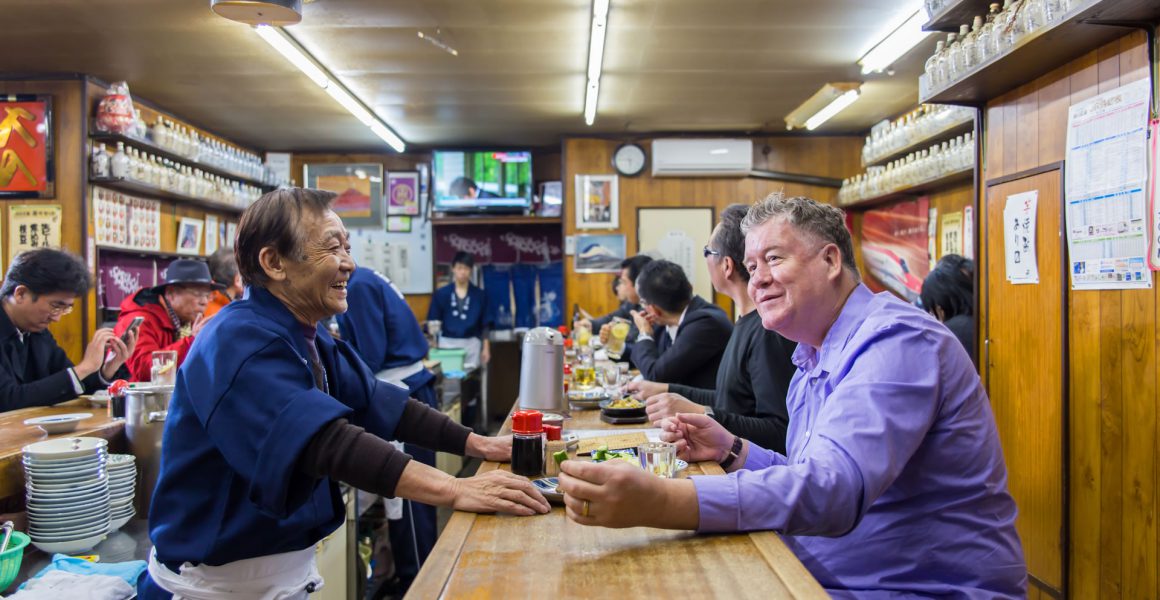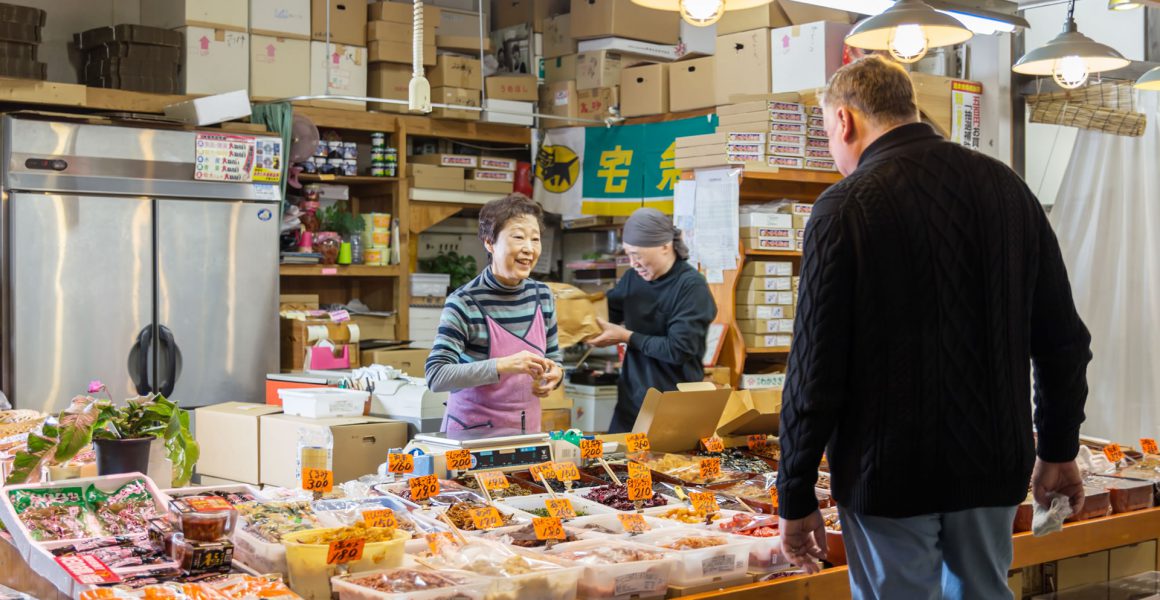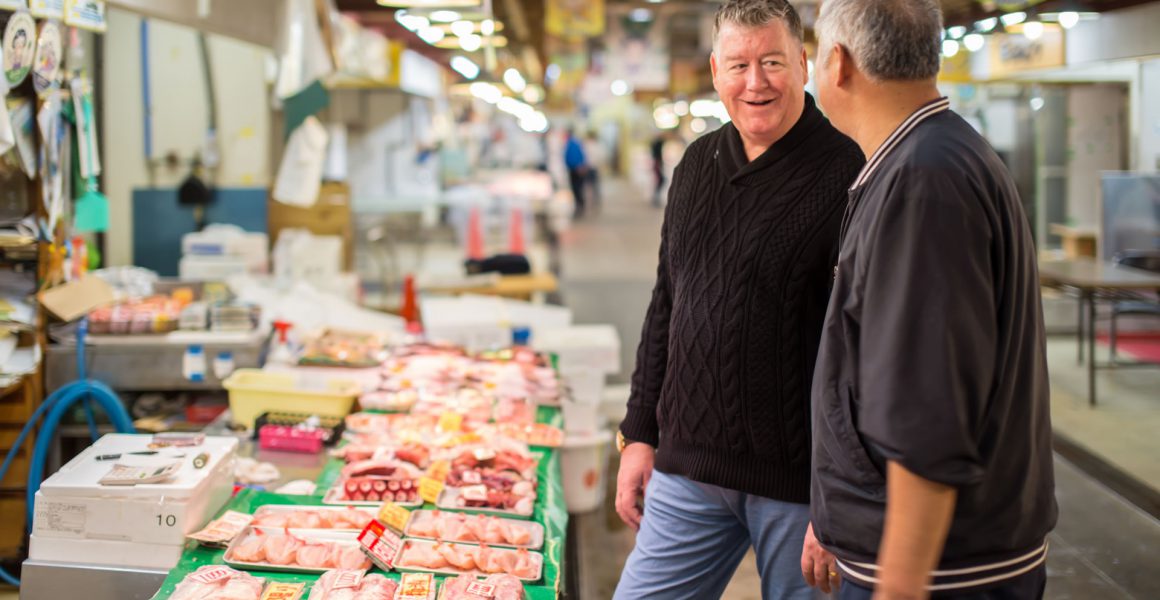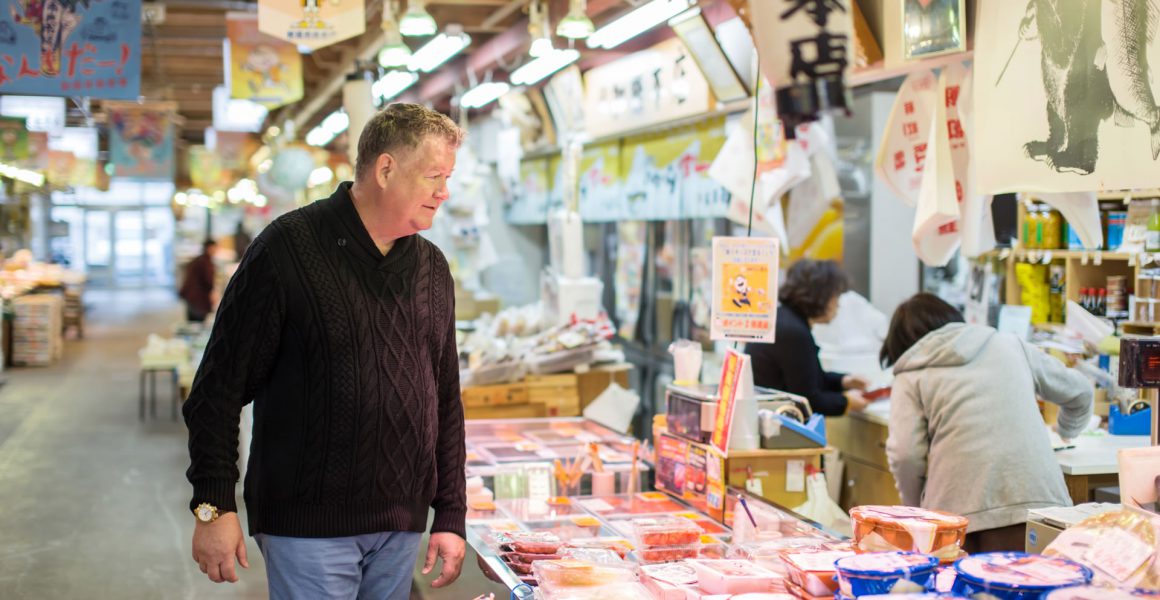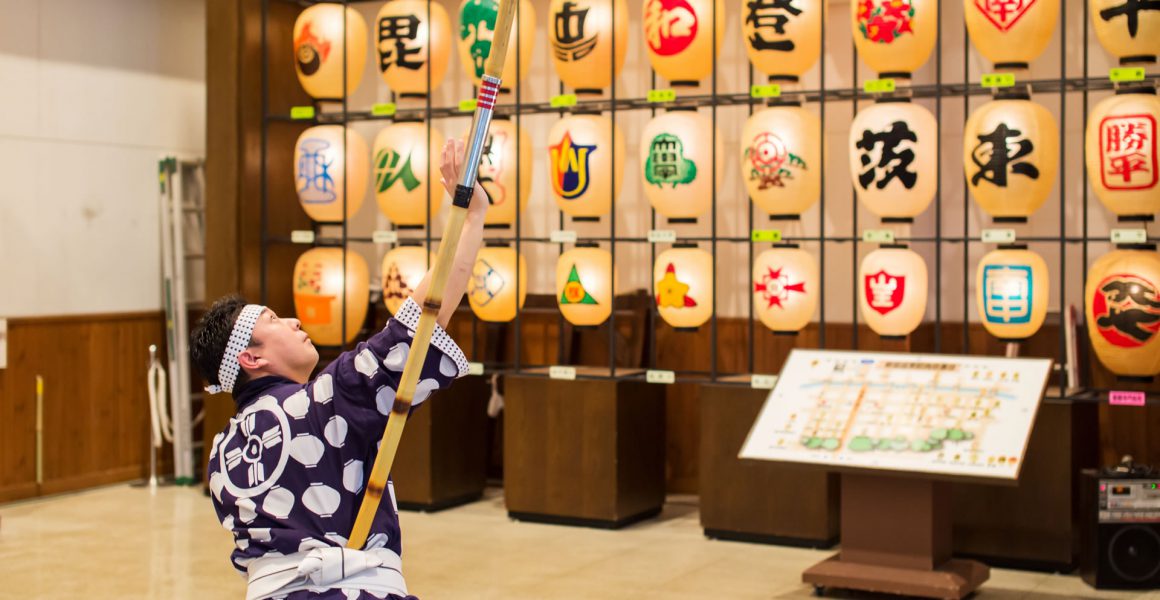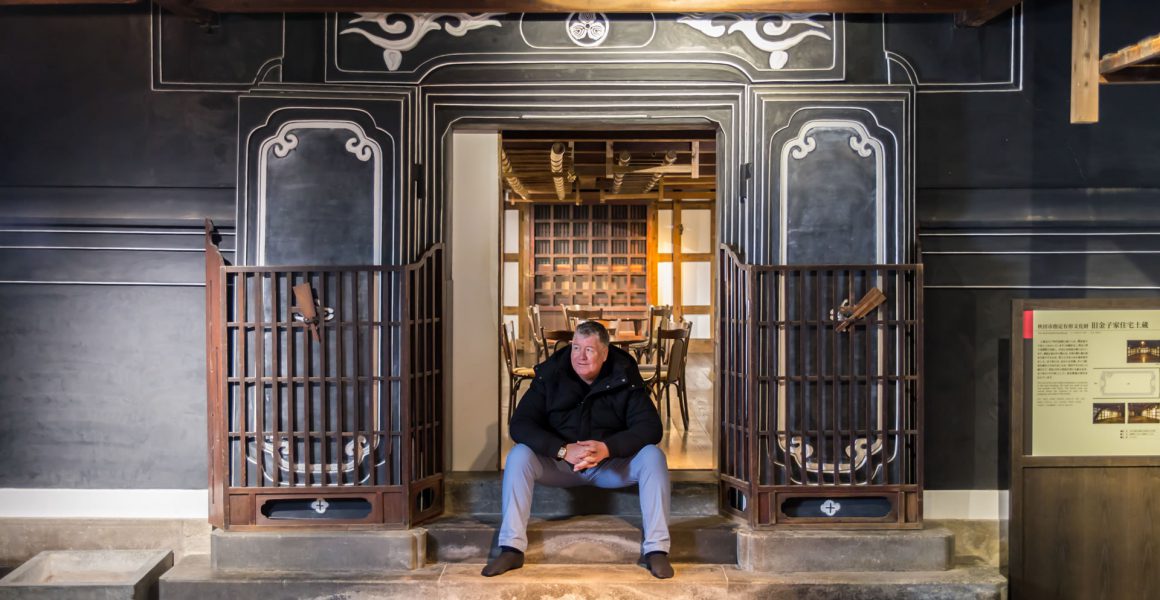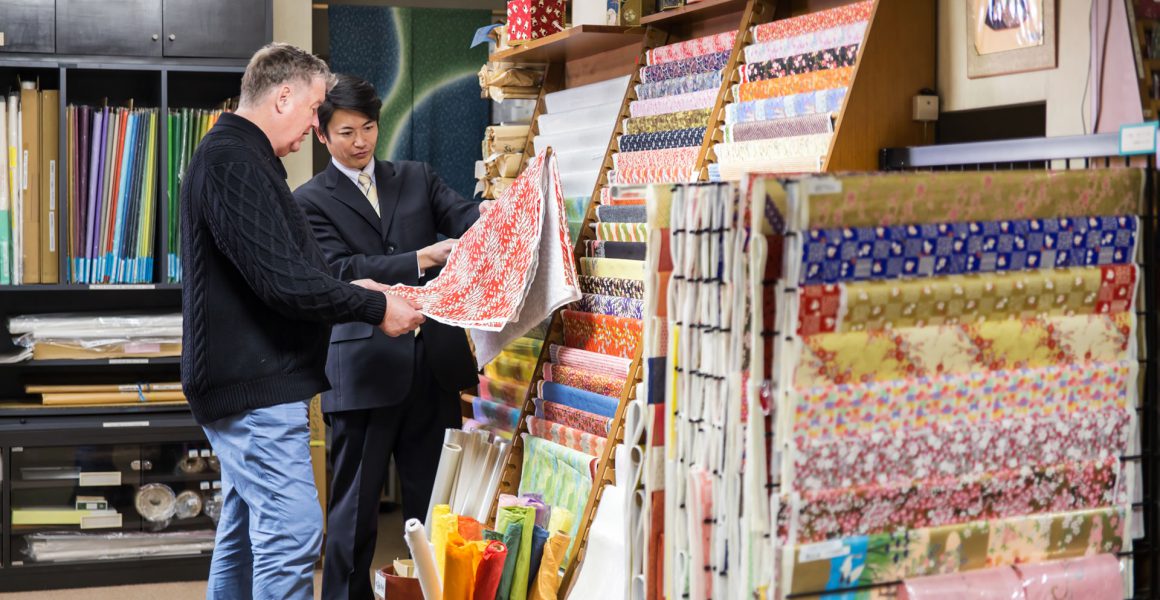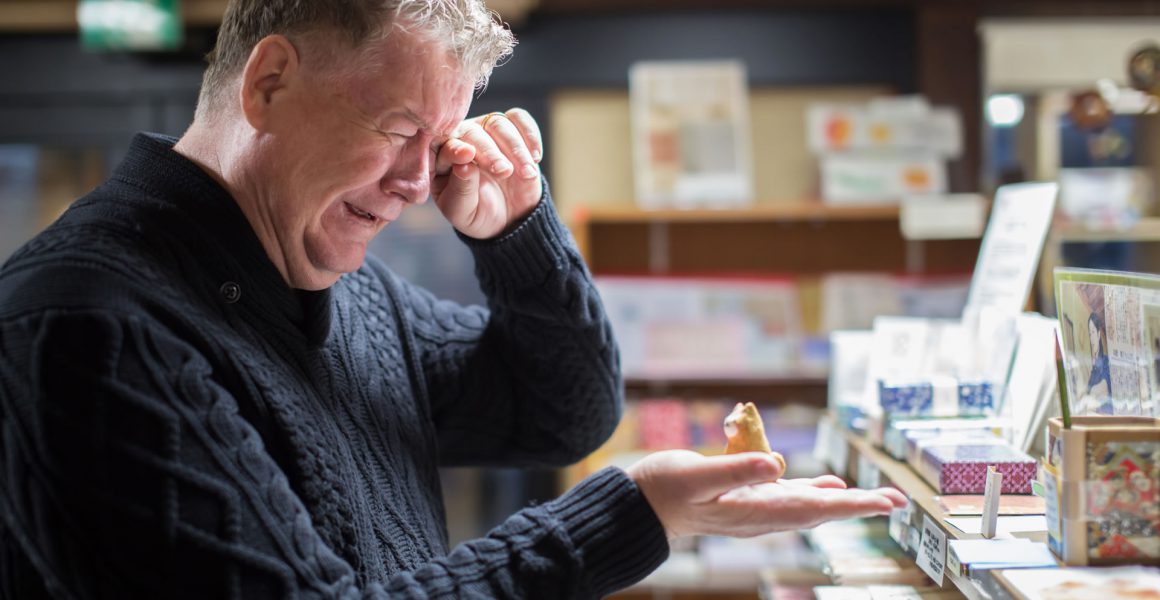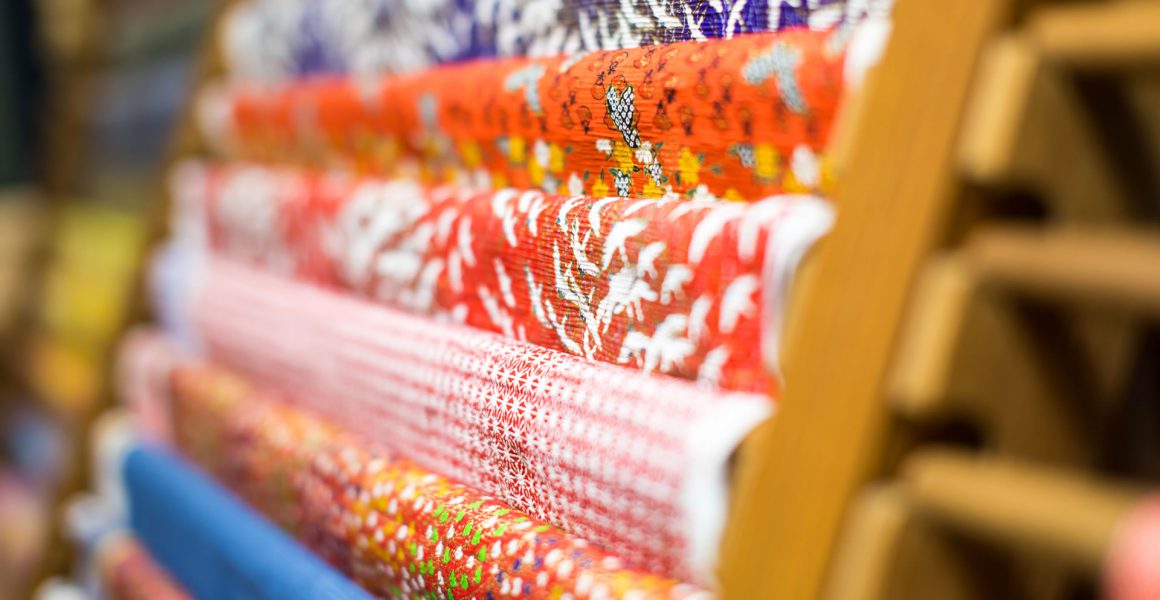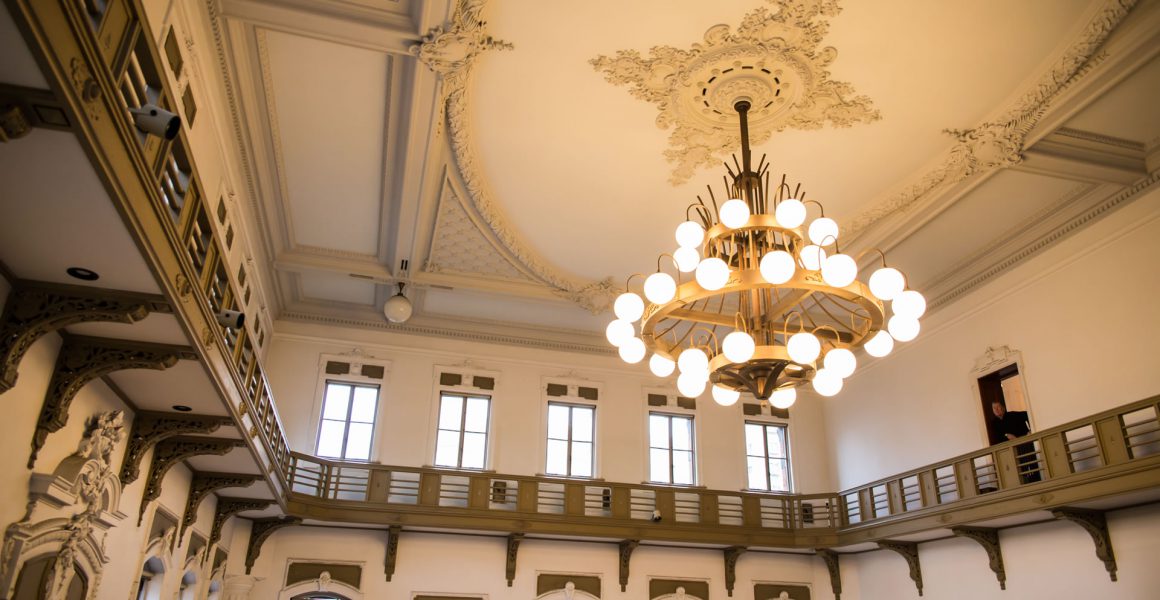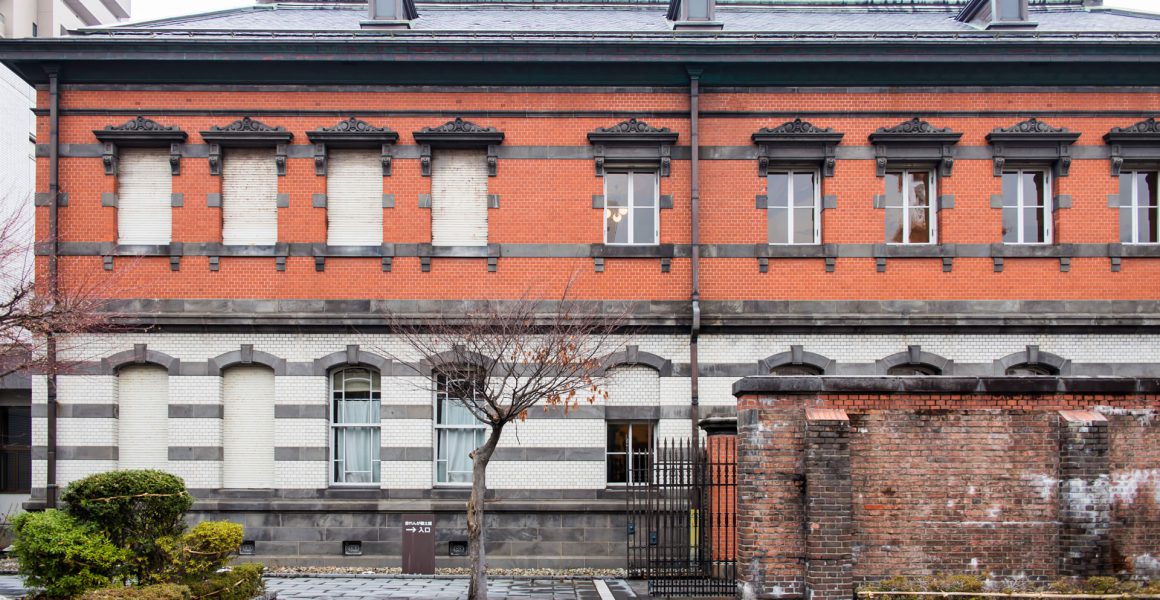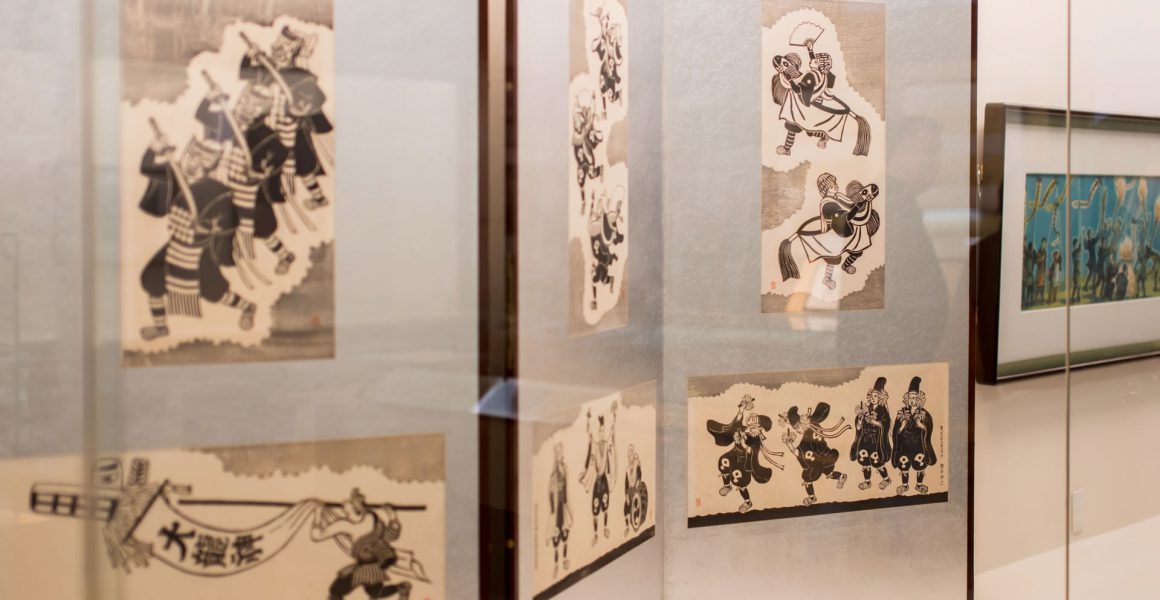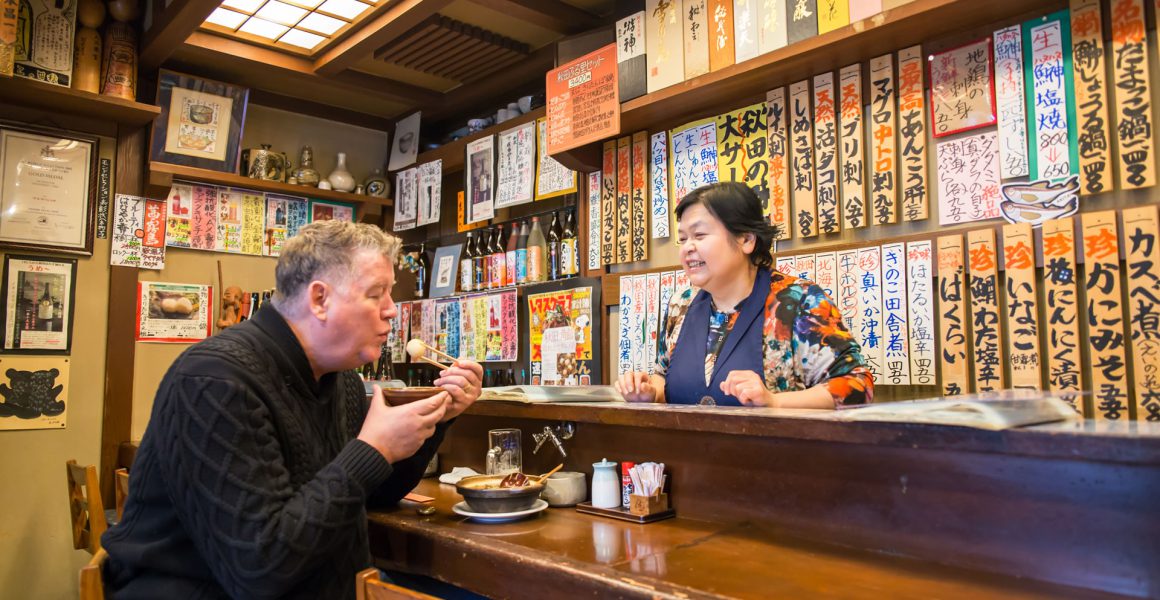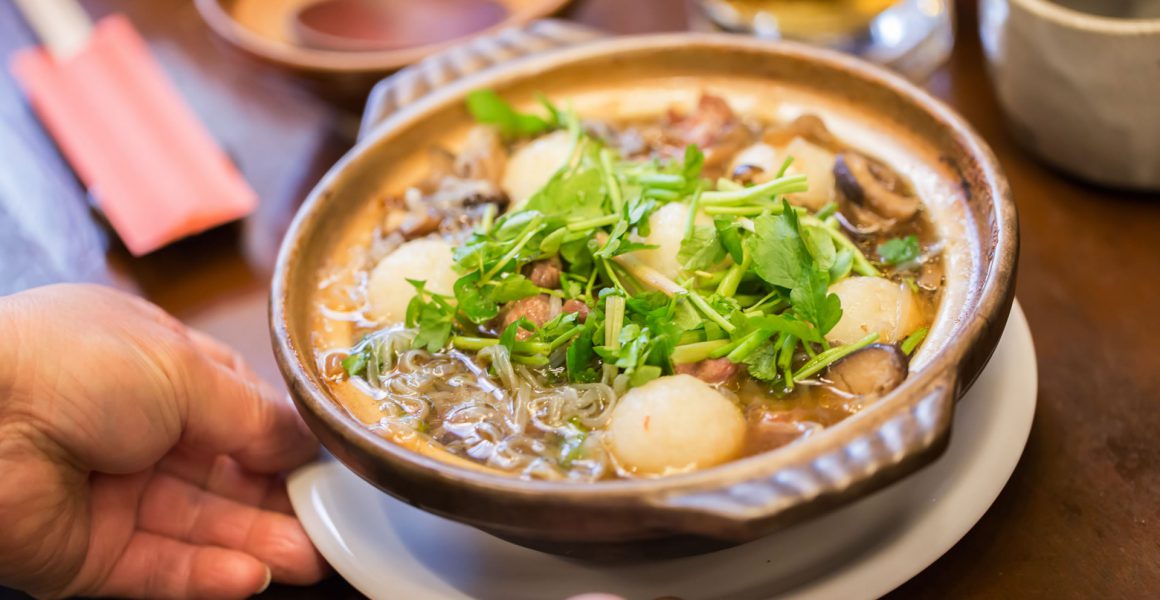- Day 1 -
Akita station
- Akita station
秋田駅
The main station in Akita Prefecture and the last station on the Akita Komachi Shinkansen.
From this station you can take several other train lines to various destinations within the prefecture.
Access
12 min on foot
Akita Museum Of Art
- Akita Museum Of Art
秋田県立美術館
The highlight of this museum is Akita-no-Gyoji (“The Events in Akita”), a large mural depicting life in Akita, painted by world-renowned painter Fujita Tsuguharu. The museum offers a chance to appreciate Akita’s long tradition of fine arts. After admiring the paintings exhibited, you can relax at the gallery cafe where you can drink coffee in traditional Akita cups.
The building was designed by famous Japanese architect Tadao Ando. The halls are decorated with a multitude of triangular motifs, and you can have fun searching for hidden triangles when walking inside the museum.
Access
6 min on foot
Senshu Park
- Senshu Park
千秋公園
This is one of the most beloved parks in Akita. Here, visitors can enjoy the full range of natural changes over the course of the four seasons, admiring cherry blossoms in full bloom in spring, azaleas in summer and red leaves in autumn. At the very top of the park stands the Osumiyagura Turret, which was built in a style resembling the old Kubota castle. From inside the turret, you can enjoy views of Akita City. We recommend strolling around the park to get a sense of the distinct seasons in Akita.
Access
11 min on foot
Iyataka Shrine
- Iyataka Shrine
彌高神社
This shrine in Senshu Park has been standing in its present location for about 100 years.
Among the many traditional fortune-telling paper strips known as “o-mikuji,” we recommend the unique “lion dance o-mikuji”. When you insert a 100 yen coin, a dancing lion will appear and grant your fortune.
Access
11 min on foot
Matsushita complex
- Meetable Akita Beauties
- Matsushita complex
松下
The inside of this building, a restored “ryotei” (traditional Japanese restaurant), provides a series of spaces combining a tea room, a sake brewery and Akita Maikos.
This is a space for enjoying beauty, whether it’s the beauty of Akita Maikos, the deliciousness of Akita’s sake, or the seasonal beauty of Chiaki Park, which can be admired from the tea room. The tea room opens at 7 am, and many people come here to drink a cup of coffee during their morning walks though the park. At the brewery, you can compare and drink various kinds of sake from Akita Prefecture. The most attracting feature of this facility, however, is the opportunity to see the dancing of Akita Maikos (reservation required)
Access
6 min on foot
Tori-machi local shopping street
- Tori-machi local shopping street
通町商店街
A shopping street with a long history and culture, which flourished as the trading district of Kubota Castle Town. With the exception of the back alleys, this street is lined with historic buildings. This area is best enjoyed by following the example of the local residents and eating local sweets at the Japanese sweet shops, buying meat croquettes at the butcher’s shops, and drinking delicious tea at in the tea rooms along the way.
Takasagodo
- Takasagodo
高砂堂
Since it was built in its present location about 100 years ago (in 1918), the building has hosted a functioning Japanese confectionery shop. It has recently been designated national tangible cultural property. Their fluffy ‘apple mochis’ are exquisite. The back of the store features an area where you can eat the sweets you purchased inside. The store clock, modeled after a pair of scales, is a must see.
Access
14 min on foot
Restaurant district around JR Akita Station
- Restaurant district around JR Akita Station
秋田駅前飲み屋街
In the vicinity of Akita station there are a variety of small eateries, ranging from popular “izakaya” taverns favored by locals to restaurants where you can taste local specialties. A few of them are introduced below.
- Day 2 -
Access
7 min on foot from Akita station
Akita Citizens Market
- Akita Citizens Market
秋田市民市場
In this market, nicknamed “Akita’s kitchen,” you will find a vast assortment of seasonal products. The staff in all of the stores will be glad to cut any fruit you buy here so you can enjoy it on the spot. After admiring local vegetables and fish the likes of which you’ve never seen before, you can have a bite to eat at one of the sushi bars and diners on the premises.
Access
17 min on foot
Akita City Folklore and Performing Arts Center
- Akita City Folklore and Performing Arts Center
ねぶりながし館
This center provides the opportunity to experience the “Akita Kanto Matsuri” (bamboo poles festival), one of the main festivals of the Tohoku region, which has been held in Akita since 1789. During the actual festival, performers carrying large bamboo poles (12 meters high weighing 50 kilograms and fitted with 46 lanterns), medium poles, and children’s poles, show off their skills accompanied by music from drums and flutes. At the center, visitors are given a chance to do the same. We encourage you to take up the challenge and have fun.
Access
0 min on foot (direct access from the Arts Center)
Kaneko’s house
- Kaneko’s house
旧金子家
his store, which was run by the Kaneko family as a pawnbroker / clothing dealer in the late Edo period, is now maintained as a cultural asset. Of particular interest is the godown (“Ichizo”) inside the building. While Japanese warehouses are normally located outdoors, this particular architectural style is still seen in various parts of the prefecture, where warehouses were built indoors due to Akita’s typically heavy snowfalls.
Access
9 min on foot
Naba Japanese paper shop
- Naba Japanese paper shop
那波紙店
Founded in 1878, this paper specialty store sells colorful Chiyogami decorative paper, Japanese paper, and Japanese paper accessories. Come and experience the authentic Japanese paper culture and to find a sheet that you like.
Access
3 min on foot
Akarenga red brick folk museum
- Akarenga red brick folk museum
赤れんが郷土館
Originally built in 1912 as the head office of Akita Bank, this building is noteworthy for its outer brick walls and the magnificent halls built in the Renaissance style. The 3rd floor hosts a permanent exhibition dedicated to Akita’s woodblock artist Tokushi Katsuhira. Here, you can learn about wood block printing, the artist’s favorite medium for representing Akita.
Access
5 min on foot
Restaurant district around Kawabata
- Restaurant district around Kawabata
川反外町回遊
In the Kawabata area, there is a gourmet food area where locals gather at night. Restaurants, Japanese inns, “izakaya” taverns, bars, standing bars and clubs can all be found at this location. A few of them are introduced below.
Chawanya
- Chawanya
ちゃわん屋
A store offering a variety of delicious Akita dishes where you’ll always be greeted with a smile by the friendly hostess.
One of most popular items on the menu is “Damako Nabe,” a hot pot dish containing dumpling-shaped balls made of rice and stewed in a broth made from chicken stock.
Akita’s local full-course meals are available here. Open on Sundays too.
Edochu
- Edochu
江戸中
This Oden restaurant has been open for 85 years, and the present owner is the third-generation owner. Their Oden is a very elaborate delicacy, made by cooking the ingredients over one whole week. It is best enjoyed with a glass of warm sake. The store’s decor resembles the movie sets of old.
Kawabata ken
- Kawabata ken
川反軒
This modern izakaya was built in a remodeled old house. One of its charms is the commanding view of the inner garden, which can be enjoyed over meals. Japanese-style private rooms are available on the first floor. Their delicious meat dishes and variety of side dishes are very popular with local young people.


